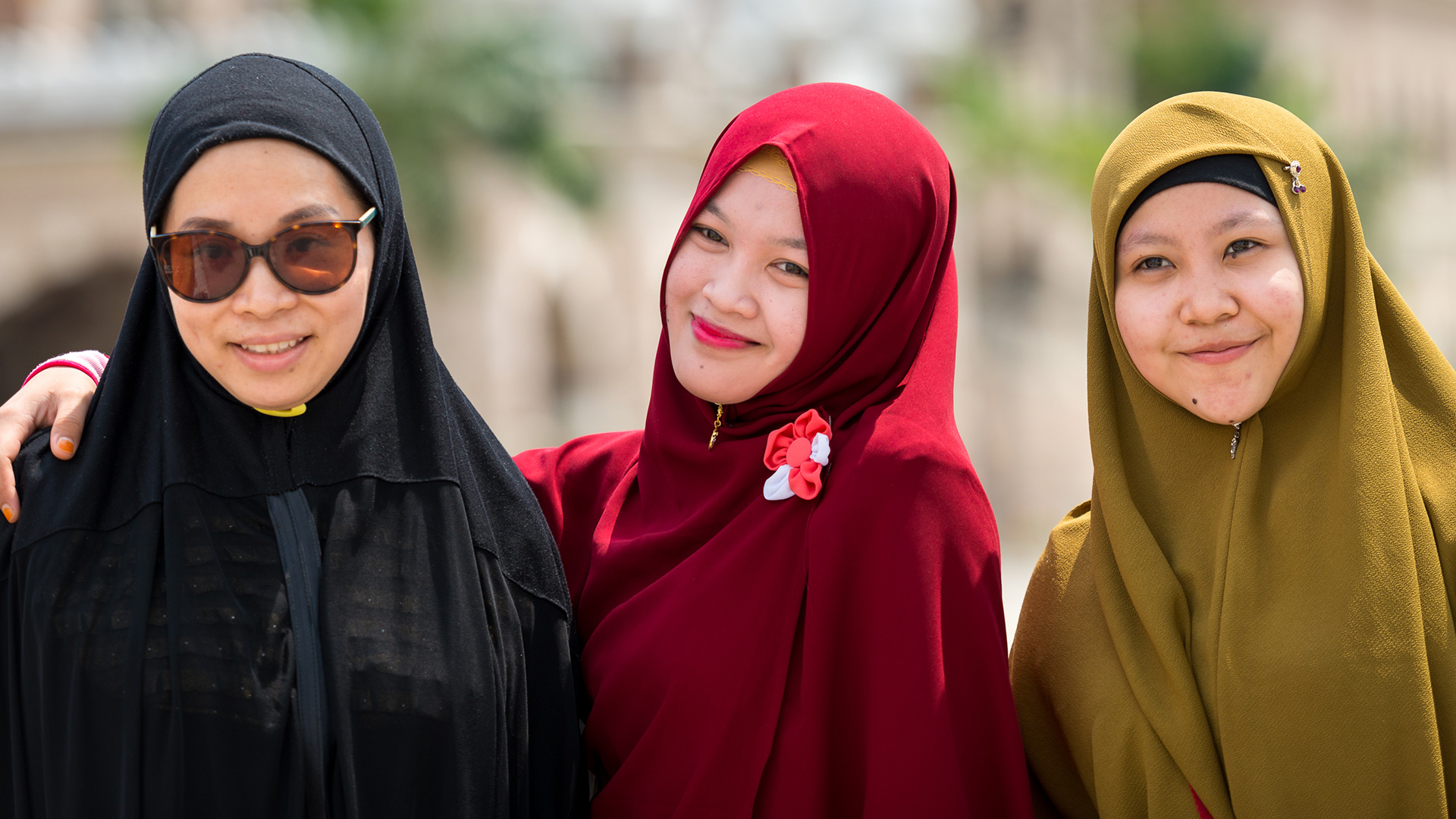Jacqueline Yee
ASA 141
Week 5 blog post
In Jonsson’s National Colors:
Ethnic Minorities in Vietnamese Public Imagery, the author discusses the
importance of dress to colonial and nationalist periods is discussed through
ethnic minorities in Vietnam.
The use of dress in politics and history is also really
important, and it was interesting to read about the use of art, dress, and women
in propaganda (163). The text describes a poster outside of a museum, where
four women are depicted wearing ethnic or traditional dress. They were standing
with their backs to the audience and are seen offering banners and flowers to
Ho Chi Minh. Jonsson describes that the purpose is to show the women on the
path to modernity, industrialization, and change, and there was a lot of
symbolism used throughout. The women were wearing traditional or ethnic dresses,
which shows the different backgrounds and cultures that makeup Vietnam, but despite
the differences, they are all united behind the nationalist movement. Pictures
like these are often very powerful as they show unity and inclusion of minority
groups. Upon further research, I noticed a lot of nationalist propaganda depicted
women in ethnic dress as well as children. My question is: how is dress used as
propaganda today?

On this website, the author discusses a couple Vietnamese propaganda
posters. This one depicts the dress of a Thai ethnic group in Vietnam that supports
an environmental movement.
https://www.pamelamcelwee.com/coverart/
At the beginning of the quarter, we discussed what fashion
and clothing represented. For a lot of us, it was a way to express ourselves
and our identity on our own terms. But Jonsson points out that sometimes the
way we dress is dictated by society (160). This is something seen throughout
history (through colonialism), where clothing such as uniforms or ethnic
clothes can differentiate groups people based on occupation, role or status within
some larger community. It creates boundaries of some sort between insiders and
outsiders, or who belongs in the community and who does not. It is interesting
to think that how I express myself through dress is still defined by society in
some ways, even I don’t give it that much thought on a daily basis.






















